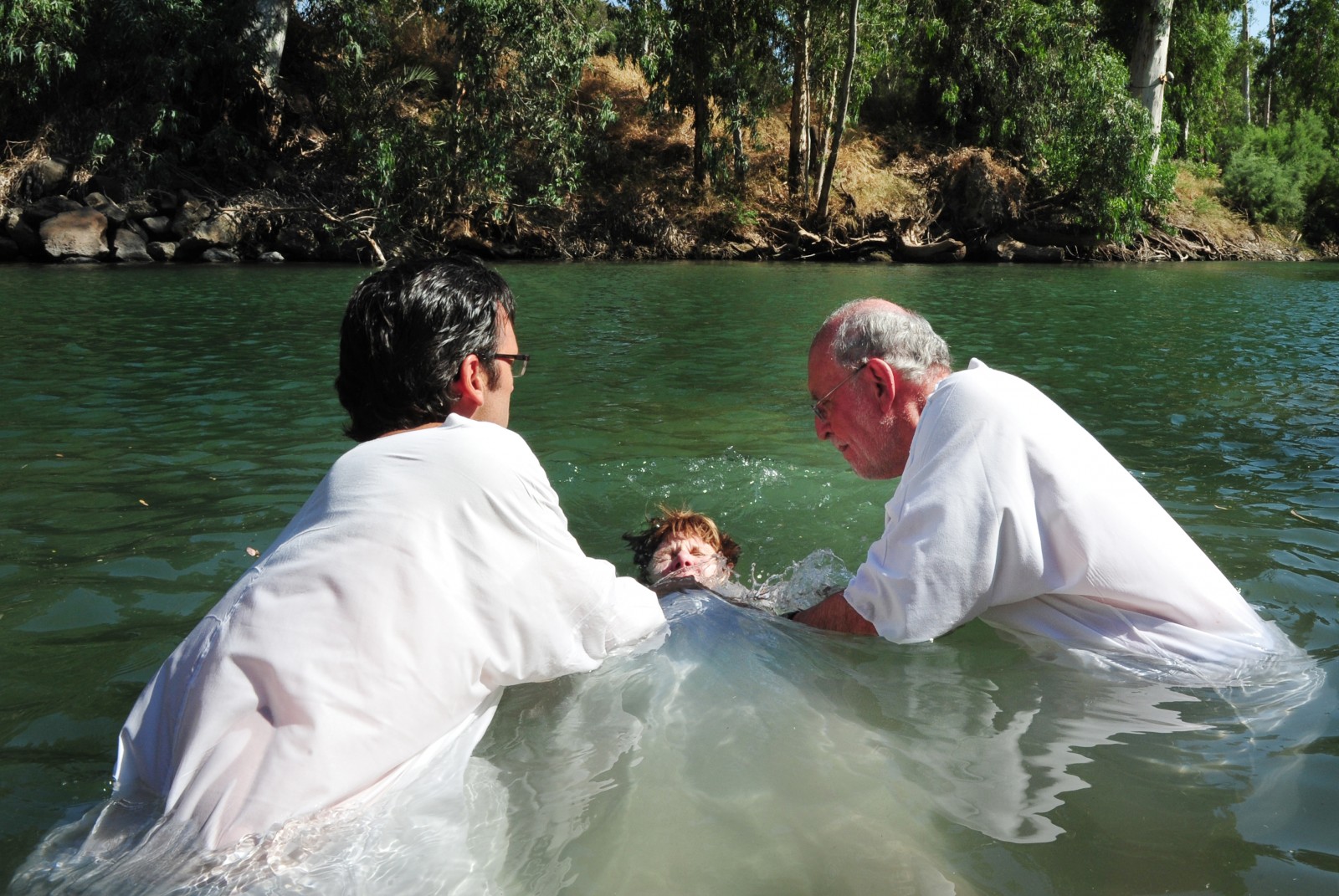Exploring Amish Baptism, Marriage, and Family Values
Faith defines every aspect of Amish life, guiding how individuals grow, commit, and live within their communities. Baptism, marriage, and family values stand at the center of this faith-based culture. Each stage marks a spiritual and social milestone that strengthens bonds within the community. By exploring these traditions, you gain insight into the Amish way of living—one that values humility, devotion, and responsibility above all.

Understanding Amish Baptism
Baptism is one of the most meaningful moments in an Amish person’s life. It symbolizes a public commitment to faith, obedience, and the Amish community. Unlike many Christian denominations, the Amish do not baptize infants. Instead, baptism takes place during young adulthood, usually between ages 18 and 22.
Before baptism, the individual spends time reflecting, praying, and discussing faith with church leaders. This decision is voluntary, yet it carries immense weight. Once baptized, a person promises to live according to the Ordnung—a set of rules that governs Amish behavior, dress, and lifestyle.
Baptism marks full membership in the church. It also signifies readiness to take part in communion, church decision-making, and community responsibilities. This process teaches that faith is not inherited but consciously chosen. Through this choice, the Amish reinforce spiritual maturity and personal accountability within their religious life.
Marriage as a Sacred Covenant
Marriage in Amish culture is deeply spiritual. It represents not only love between two people but also a sacred covenant with God and the community. Amish marriages usually occur after baptism, ensuring both partners have made their individual commitment to the church first.
Weddings take place in late autumn, after the harvest season, when work slows down and families can gather. The ceremony typically happens in a home rather than a church building. The service includes prayers, hymns, and a sermon about love and faith. Unlike modern weddings, there are no rings, elaborate dresses, or photographers. Instead, simplicity and devotion remain the focus.
The couple’s relationship is grounded in shared beliefs and hard work. Husbands and wives view marriage as a lifelong partnership, where mutual respect and faith guide every decision. Divorce is not accepted, as marriage is viewed as an unbreakable vow before God.
After the ceremony, the newlyweds host a communal meal. Family and friends come together to celebrate with songs, traditional dishes, and fellowship. These gatherings reflect unity and remind everyone that marriage strengthens not only two individuals but also the entire community.
The Role of Family in Amish Life
Family holds a sacred place in Amish culture. It serves as the foundation of moral teaching, spiritual growth, and daily living. Parents play an active role in shaping their children’s faith and work ethic. They teach through example—by praying together, working on farms, and sharing household duties.
Children grow up learning the values of humility, obedience, and service. Education focuses on practicality and morality rather than competition. Each family member contributes to daily tasks, whether tending animals, baking bread, or sewing clothes. This shared effort reinforces the importance of teamwork and self-discipline.
Elderly family members remain central to family life. Instead of moving to nursing homes, they often live with or near younger relatives. This arrangement maintains respect for elders and ensures that wisdom and traditions are passed down naturally to the next generation.
Moreover, families stay connected through Sunday gatherings, shared meals, and seasonal celebrations. These events strengthen relationships and highlight the importance of gratitude and togetherness.
Community and Faith in Family Traditions
Amish families do not live in isolation. Their values and actions reflect the broader goals of the church and community. Whether helping during harvest time, supporting a sick neighbor, or rebuilding a barn, Amish families show their faith through service.
This collective spirit ensures that no one faces hardship alone. Community cooperation reinforces the idea that serving others is a form of worship. Every act of kindness—from preparing meals to lending tools—becomes an expression of faith in action.
Through such practices, the Amish maintain social harmony and deepen their spiritual lives. Their traditions remind us that faith grows stronger when it is lived out in love, humility, and service to others.
Conclusion
Amish baptism, marriage, and family life reflect a faith that is both personal and communal in nature. Each stage—from choosing baptism to raising a family—connects individuals more deeply with God and the community. Through these traditions, the Amish preserve a culture of humility, devotion, and unity.
Their way of life teaches valuable lessons about commitment, simplicity, and the power of faith shared within families. In a fast-changing world, the Amish remind us that true strength lies not in independence but in living faithfully together.



